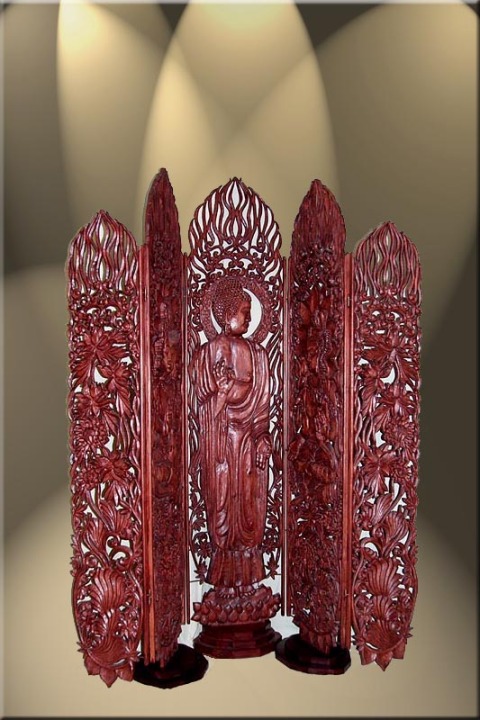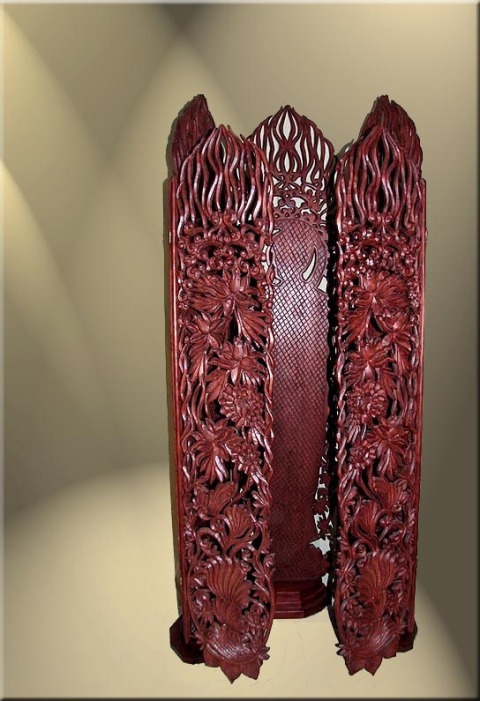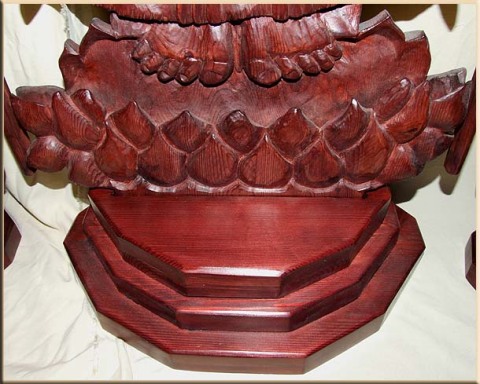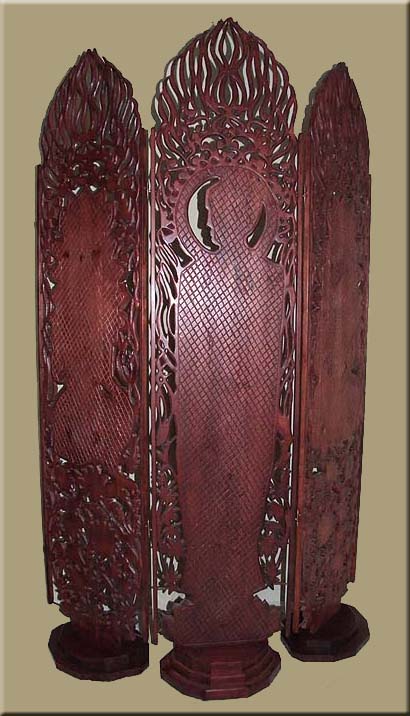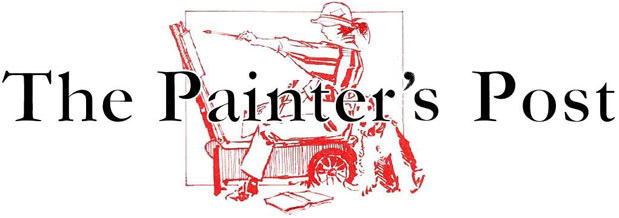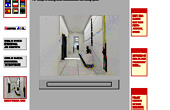Buddha Amida (part 5) and the Loss of Beauty in China
January 5, 2009
Last year’s hopes for a sustaining way into democracy and freedom of speech in China through the Olympic games have not materialized. That’s the curse of all totalitarian systems – they have to break from within not from outside. But many more people had the privilege to travel to China and may have discovered a new love for ancient Chinese culture and art.
Arts and crafts which have been developed in chiliads of years through techniques which became more and more sophisticated, ARE perfect in the end. This implies the danger of becoming static. Tradition then emerges as the most important asset that no-one is authorized to change. Development and “the new” is declined for fear of losing the achievements (specifically old privileges, power, positions) of the past.
The result are bad copies from ancient master pieces that flood the markets because the proper materials cannot be supplied any more, techniques are not taught and people do not dispose any more of the craftmanship. And last but not least no-one has the time any more that is necessary to create these sophisticated works.
Sadly enough this even applies to archeology where there is neither the funds nor well educated people to protect and restore ancient cultural assets. The problem often is, that projects, which could not propose the appropriate income through tourism nor the image in order to be exploited for official purposes, are dispelled.
Unfortunately China is walking on a road of tabula rasa, which means that everything that’s old and traditional is destroyed for alleged progress and the desirable glitzi world of western metropoles. On their path everything is nihilated – nature, humans, culture, flora and fauna. Instead of thinking about potential restoration and recovery of decrepit districts, using fewer neon lights, plastics and other achievements of the western “civilization”, everything has to give way to progress. And this very progress then consists of glittering cities which are built for the nouveau-riches. In these cities you won’t detect the true problems any more for all those wonderful distractions.
In order to keep the cities viable the nature is exploited until she cannot support the people any more. The perfect design for decline. It really hurts to be forced to watch as everything, that is beautiful in China, disappears piece by piece, the gorgeous landscapes and their people, the magnificent culture.
Only a healthy mixture out of old and new, traditions which are worth while to be protected and new impulses, which bring stimulation and positive change, can survive. Good education, an admissable payment and a humane working climate are part of this, exploitation however not.
.
.
.
I love to draw my inspiration from traditional works because you can get hold of so much experience that is hidden inside. But I also want to use my own ideas and conceptions so that both result in an ideal performance. That’s at least my dedicated goal.
This way this paravent has been conceived: a mixture of different styles of the southeast Asian wealth of forms and figures and nonetheless an original work.
You cannot see it very well in the photo below, but at the bottom of the middle figure you will find a kind of receptacle, formed as a stylized lotus blossom, in which you can put flowers and other oblations (without water of course). This looks very charming – I can promise!
.
.
The photo above also shows how this paravent can stand freely – that is to say on massive bases. In the middle of such a base there is a guide notch implemented, into which the panels are inserted with the additional aid of massive bolts which have been glued into the panels. Through clever positioning of the 5 panels this paravent will stand quite firmly. Nevertheless it is advisable to place the polyptych near a wall in order to avoid any tilting over which would be fatal of course.
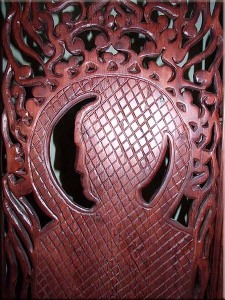 |
Another noteworthiness of this paravent is that it has been finished with simple ornaments on the reverse side also. Normally reverse sides look like hmmm – reverse sides 😥
Not this one and thus it is usable in multiple ways…
.
.
.
.
.
.
.
.
.
